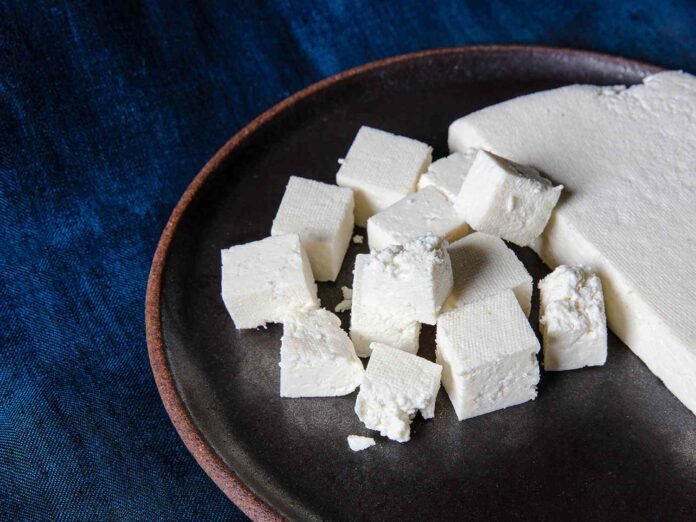The infiltration of fake paneer into the food market has raised concerns about consumer health and safety. Detecting counterfeit paneer is essential to avoid potential health risks associated with its consumption.
Fake paneer is manufactured using low-quality ingredients and lacks the nutritional value of authentic paneer. Consuming counterfeit paneer can lead to short-term health issues such as digestive problems, food poisoning, and allergic reactions. Moreover, prolonged consumption of fake paneer may result in long-term health complications.
To recognize fake paneer, consumers should be vigilant and aware of certain indicators. One common sign of counterfeit paneer is its appearance. Authentic paneer typically has a uniform texture, smooth surface, and consistent color. In contrast, fake paneer may exhibit irregularities such as uneven texture, grainy consistency, and unnatural coloring.
Another method to identify fake paneer is through its smell. Authentic paneer has a mild, milky aroma, while fake paneer may emit unpleasant or chemical-like odors. Consumers should carefully assess the smell of paneer before purchase to ensure its authenticity.
Furthermore, the packaging of paneer can provide valuable clues about its genuineness. Authentic paneer is usually packaged in clean, hygienic conditions with proper labeling and sealing. Consumers should inspect the packaging for signs of tampering, damage, or inadequate labeling, which could indicate the presence of fake paneer.
In addition to visual inspection, consumers can conduct simple tests to verify the authenticity of paneer. One method is the water test, where a small piece of paneer is immersed in water. Authentic paneer will sink to the bottom and retain its shape, while fake paneer may disintegrate or float due to its inferior quality.
Another test involves heating a sample of paneer. Authentic paneer will melt and release fat when heated, while fake paneer may exhibit unusual behavior such as excessive sizzling, burning, or emitting foul odors.
Consumers are advised to purchase paneer from reputable sources and brands with a track record of quality and reliability. Additionally, raising awareness about fake paneer among consumers and implementing stricter regulations and quality control measures in the food industry can help mitigate the proliferation of counterfeit products.
Identifying fake paneer is crucial to safeguarding consumer health and well-being. By staying informed, vigilant, and discerning, consumers can make informed choices and avoid the risks associated with counterfeit paneer.
Consumers can also consider sourcing paneer from local dairy farms or cooperatives, where production methods are often more transparent, and products are freshly made. Supporting local producers not only ensures product quality but also promotes sustainability and community empowerment.
Furthermore, authorities and regulatory bodies play a vital role in monitoring and enforcing food safety standards to prevent the circulation of counterfeit paneer in the market. Regular inspections, stringent quality control measures, and strict penalties for offenders are essential to deter the production and sale of fake paneer.
Education and awareness campaigns can also empower consumers to make informed choices and recognize the signs of fake paneer. By educating the public about the risks associated with counterfeit food products and providing guidance on how to identify genuine paneer, these initiatives can contribute to a safer and healthier food supply chain.

